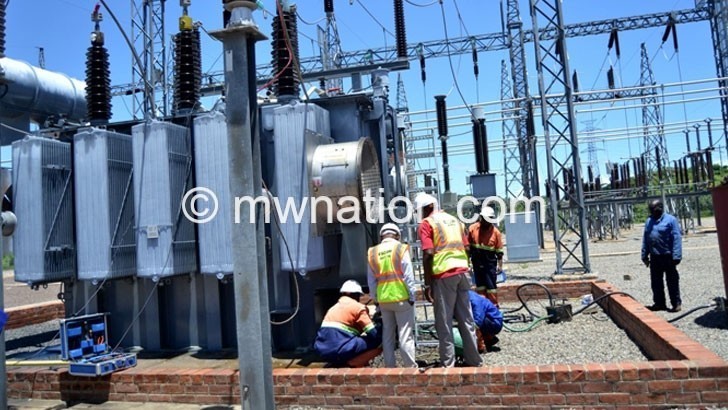‘Malawi could save K370bn on diversified energy’
A study on Sustainable Energy Investments for Malawi has stressed the need for Malawi to consider adopting least-cost, reliable and diversified energy solutions to save at least $500 million (K370 billion) on investment and operating expenses.
The study was jointly conducted by Department of Energy Affairs with the United Nations Office of the High Representative for Least Developed Countries, Landlocked Developing Countries and Small Island Developing States and Rocky Mountain Institute.

It notes that Malawi requires $1.4 billion investment by 2030 to meet the growing demand for electricity.
But the study notes that the major challenge for generation is lack of current and future power supplies to meet growing demand.
“Different entities have set generation capacity targets, but there is no overall agreement on the implementation plans.
“Other than this, generation projects are scheduled to be built, but progress has been slow due to lack of financing without government guarantee of credit worthiness,” reads the study.
Nonetheless, it observes that Malawi has a range of available energy sources, from which the most cost-effective portfolio can be developed.
Energy Generation Company (Egenco) chief executive officer William Liabunya said in an earlier interview that their plan seeks to bridge the divide between Egenco’s installed capacity of 367.3 megawatts (MW) and the present project demand of 529MW, using a mix of power sources.
Malawi is currently struggling to produce adequate power, with only 10 percent of its 18 million people having access to electricity, according to the Malawi Sustainable Energy Investments.
Currently, water flow in Shire River, which is the main source of hydro power energy generation, only allows it to produce up to 200MW or less against a maximum generation capacity of 351.75MW.
Egenco stated in its 15-year strategic plan that it is moving away from present situation of relying on running water by building dams to conserve water.




